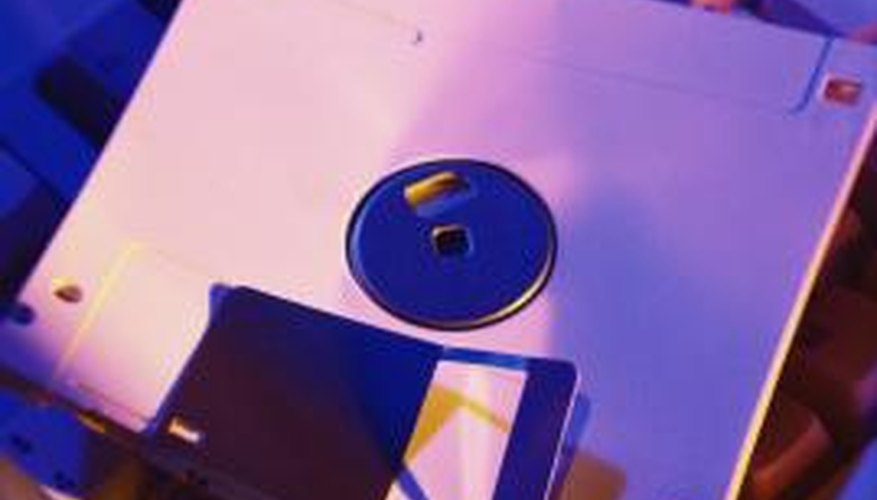The BIOS is a set of instructions used to initialise the hardware of your PC every time you power it on. It checks the status of every component and, if everything is OK, loads the operating system and passes it control over the hardware. Sometimes, the BIOS can get corrupted and prevent your PC from booting or functioning properly. There are some telltale symptoms of BIOS issues.
- The BIOS is a set of instructions used to initialise the hardware of your PC every time you power it on.
- Sometimes, the BIOS can get corrupted and prevent your PC from booting or functioning properly.
Causes
The BIOS itself is just a simple program loaded on a memory chip on the motherboard and, like every program, it can be modified. Any improper modification to the system BIOS can corrupt it. A corrupted BIOS is commonly a result of a failed BIOS update or, rarely, a powerful computer virus.
Symptoms
One of the most obvious signs of a corrupted BIOS is the absence of the POST screen. The POST screen is a status screen displayed after you power on the PC that shows basic information about the hardware, such as the processor type and speed, amount of installed memory and hard drive data. Random errors and hardware malfunctions also can indicate the BIOS file is corrupted.
Prevention
Avoid BIOS corruption by using some simple preventive measures. Since the most common cause of a corruption is an incorrect or incomplete BIOS update, make sure you have the correct BIOS update file before attempting to update the BIOS. Also, use a UPS (uninterruptible power supply) device to prevent the interruption of the BIOS update process due to a power failure.
Considerations
The BIOS' only purpose is to initialise the hardware, unlike the hardware drivers that affect the overall performance of the devices, so the BIOS doesn't need updating as often as drivers do. BIOS updates are aimed to increase component compatibility, so there's no reason to update your BIOS if your computer is running fine.
- One of the most obvious signs of a corrupted BIOS is the absence of the POST screen.
- BIOS updates are aimed to increase component compatibility, so there's no reason to update your BIOS if your computer is running fine.
